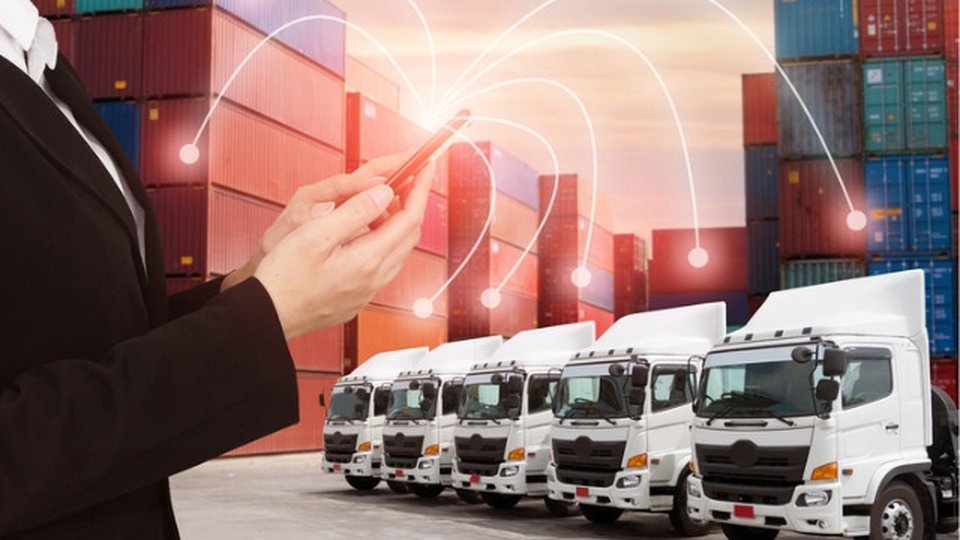Merchandising
4 ways retailers can optimize distribution strategies
Chris Jones, executive vice president, marketing and services, at Descartes, offers up four considerations retailers need to take into account to optimize retail distribution performance in the wake of COVID-19.

July 8, 2020 by Chris Jones — EVP Marketing & Services, Descartes Systems
While many retailers today are finally in the position to start reopening certain stores with others to soon follow in their footsteps, the reality of a new phase of COVID-19 looms overhead.
Between continued social distancing restrictions and altered consumer behaviors, limited foot traffic will likely continue to challenge brands even well beyond 2020, and the road to recovery will require different strategies than before.
For retailers and retail store distribution, the pressure to preserve cash and drive profitability in this environment is especially high. Leading retailers have cut fixed costs through store and distribution centers, as well as through the creation of more agile, low-cost retail distribution operations. With excessive capacity and an indefinite period of lower store volumes, the majority of companies today can no longer ignore these kinds of changes and must also consider new ways to optimize retail distribution performance to ensure future success.
By re-evaluating strategies surrounding things like delivery networks and the technologies used to support them, retailers can emerge that much stronger. Below are four key considerations:
Re-imagine distribution networks
To further cut costs, retailers must be innovative when it comes to distribution networks. By relying more heavily on transportation and 3PL-centric services, for instance, brands can increase agility while still minimizing overall expense. Also considering today's volatility around store sales volumes, the current fixed infrastructure is no longer cost-optimized, so retailers need to consider closing distribution centers and servicing stores from a greater distance. And while prior store volumes might have required multi-stop truck load deliveries pre-COVID, parcel and pool distribution or multi-load transportations strategies might serve as better options today. Since pool distribution pulls in multiple retailers with the same pool services to make deliveries to the same location, retailers can leverage economies of scale to maintain the speed of parcel at a much lower cost than Less-Than-Truckload shipping.
Automate delivery processes
As the world continues to socially distance, retailers that haven't already implemented contactless delivery should quickly introduce it into their workflows now. By automating certain processes like scanning and tracking of each package, carton or SKU, they can foster a stronger chain of custody to help completely eliminate the need for paper-based delivery methods — and at the same time minimize the potential risk of human contact. GPS and additional location-based tracking services can also help carriers and LSPs complete deliveries without requiring physical contact at the store and can even result in enhanced delivery data through the retail distribution chain, which reduces inventory and improves responsiveness.
Increase shipment visibility
Multi-modal store distribution strategies also require increased visibility surrounding store shipments and inventory. This level of insight enables retailers to better manage and reduce inventory so that stores are properly stocked and sales aren't missed while, at the same time, effectively preserves precious cash. This gives store operations more control over distribution flow, the ability to plan visual merchandising efforts more efficiently, and reduce store labor costs. Plus having one version of the delivery truth is critical to managing carriers' service and cost, and results in lower claims and loss; it's also what allows high growth programs like BOPIS to succeed.
Fully embrace e-commerce
COVID-19 has further solidified the place of e-commerce as part of an overall retail distribution strategy. As more consumers shop online, retailers that previously shunned retail distribution from e-commerce should re-evaluate and incorporate store shipping to leverage store assets and inventory. This will help brands respond quickly to the growing e-commerce demand on a local level. In addition, leveraging pool providers for e-commerce fulfillment can also improve capacity and responsiveness while reducing store inventory and transportation costs.
Although the current landscape is certainly a challenging maze that retailers must navigate, the long-term future is still promising for those that adapt today. By reassessing current retail distribution strategies and the technology used to help support efforts now, those that make adjustments and quickly pivot will be in a much better position to achieve success moving forward and emerge stronger in the months and years to come.
